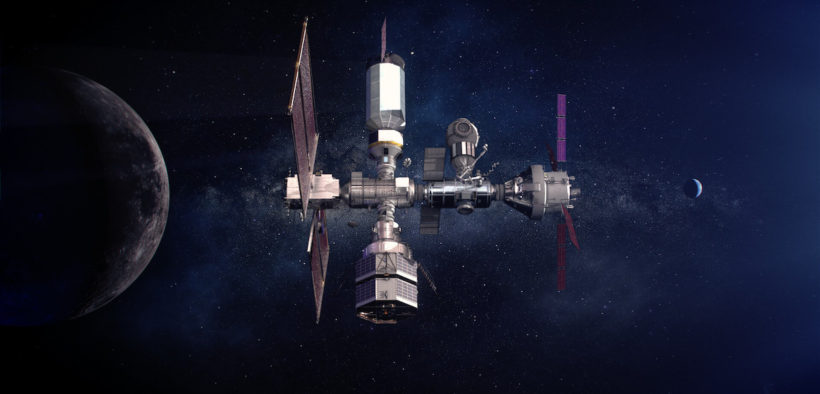What are the holes in the sky around Florida that may be seen in NASA’s satellite images?

Earlier this year, the National Aeronautics and Space Administration’s (NASA) Terra satellite spotted an amazing sight above the Gulf of Mexico: clouds that looked like enormous holes punched out in the sky.
Since the 1940s, onlookers have been perplexed by this unusual occurrence, known as cavum clouds, which frequently prompts analogies to flying saucers or other extraterrestrial beings.
Cavum clouds, also known as fallstreak holes or hole-punch clouds, are not your typical clouds.
Their enormous size allows them to be seen from space as well as the surface of the Earth, and their bizarre aspect captivates the mind.
Nevertheless, the enigma surrounding these meteorological anomalies was ultimately solved around fifteen years ago when researchers found that cavum clouds are the result of human activity.
When airplanes fly above layers of mid-level altocumulus clouds, which are made of supercooled droplets, an interesting interaction of physics takes place, producing these amazing structures.
The size of the ensuing cavum is directly impacted by the angle at which planes travel through these clouds, according to research done by NASA Langley Research Center.
Amazingly, these kinds of sky shows may be produced by any kind of aircraft, including private or commercial jets.
Earlier this year, a “cluster” of cavum clouds was seen by NASA Terra satellite close to Florida’s west coast, an area that is busy with more than 1,000 aircraft per day from Miami International Airport.
Tracking the impacts of natural occurrences and human activity on our planet’s fragile ecology is made possible in large part by the satellite, which is devoted to monitoring Earth’s atmosphere and the consequences of climate change.

I am a dedicated student currently in my seventh semester, pursuing a degree in International Relations. Alongside my academic pursuits, I am actively engaged in the professional field as a content writer at the Rangeinn website.








